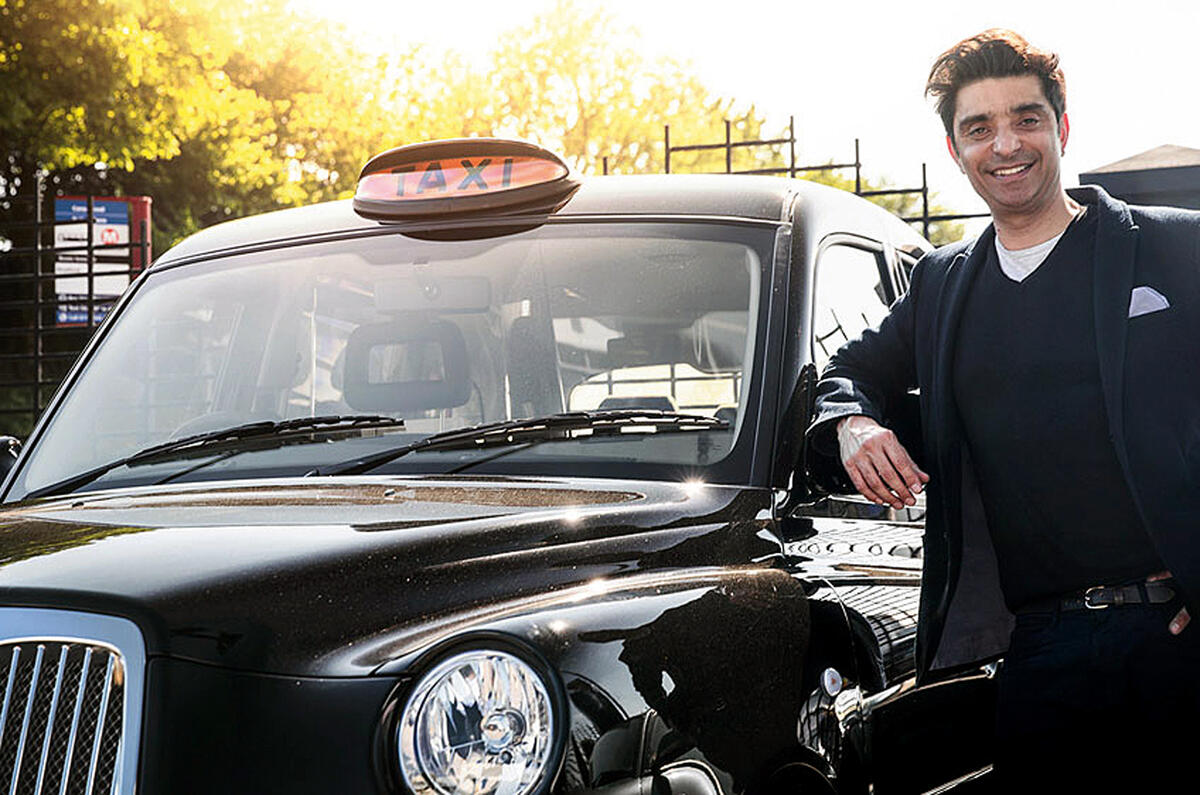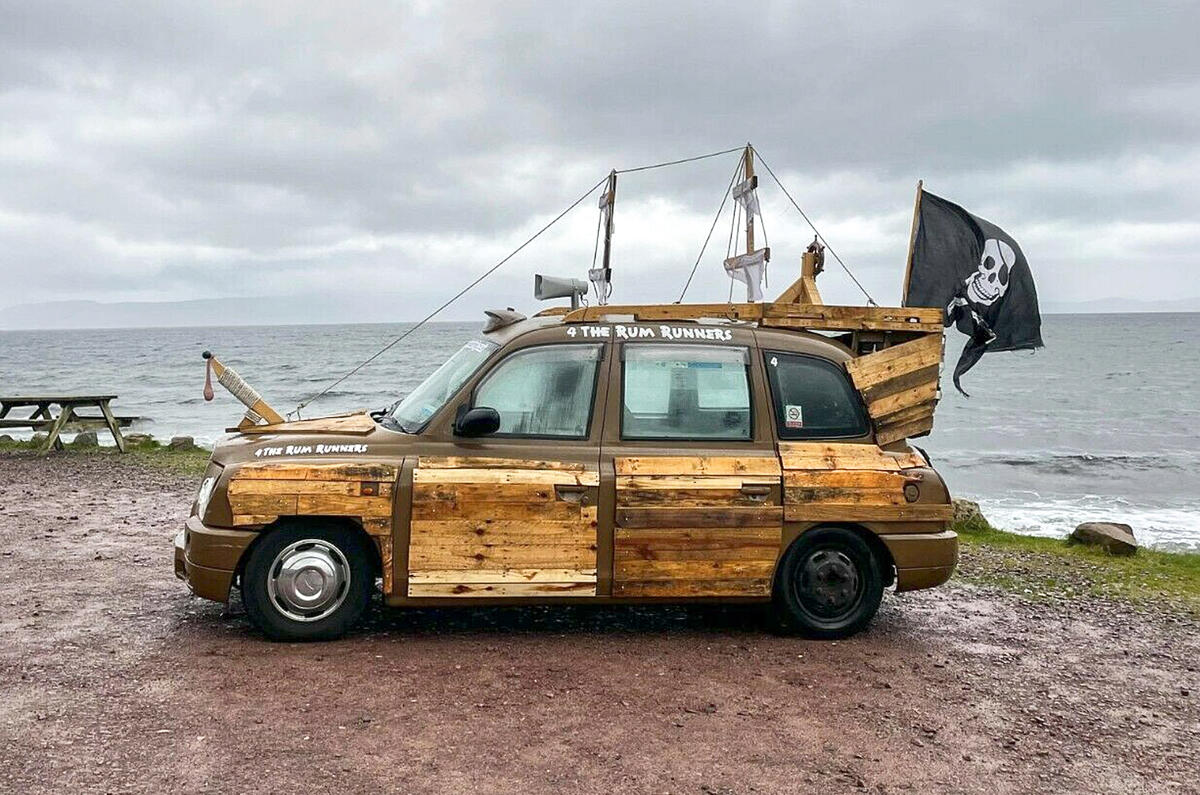Another nail was hammered into the coffin of old diesel-engined London taxis in November last year when their maximum permitted age for operation in the capital was reduced by one year to 13 years.
To encourage wider take-up of cleaner alternatives, including zero-emissions-capable vehicles, Transport for London offers a grant to owners to take their older diesel taxis off the road and another grant towards the purchase of a new LEVC TX range extender or suchlike.
These grants and the age restrictions first introduced in 2018 are achieving their desired objective, since around a third of London taxis are now zero-emissions capable.
However, that’s one-third of not a lot. While TfL has been changing the type of taxis that Londoners travel in, Covid and the city’s Streetspace plan (established in response to the pandemic) have been quietly reducing the taxi population.
The latest government figures reveal that between 2020 and 2021, the number of taxis in London fell by almost 30% to 13,400. In fact, by the beginning of November 2021, just 9073 diesel taxis were licensed.

“This dramatic fall in taxi numbers is due to a mixture of cabbies and fleets decommissioning cabs and scrapping vehicles that fall outside the age limit,” says Perry Richardson, founder and editor of Taxi Point, a trade journal.
“Because demand for taxi services dropped during the pandemic, very few cabbies and fleets reinvested that money into new zero-emissions-capable cabs, hence the shortage we now see.”
What has happened to all these unwanted diesel taxis, mainly LTI FX4s (1958-1997), LTI TXIs (1997- 2002), LTI TXIIs (2002-2006) and LTI/LTC TX4s (2007-2017)?


























Join the debate
Add your comment
Surely ford can reverse the process described and create fairway style taxis carrying the fx4 name on ranger chassis for the hire car market.